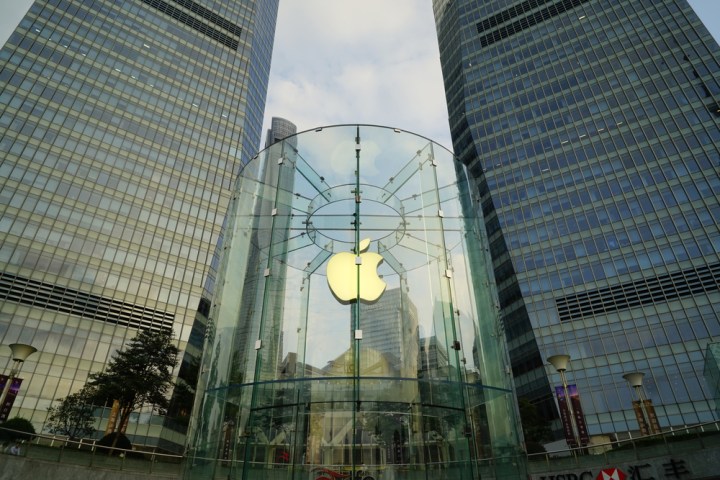
Located in Beijing’s Zhongguancun Science Park, the new R&D center is Apple’s first in the country. Zhongguancun has become somewhat of a startup incubator: It already houses offices about 110 companies — mostly startups — and offices for search giant Baidu and Lenovo, according to the center’s website. The region also is the Chinese home for AMD, Google, Intel, and Oracle.
Apple is investing some $45 million in the the center to get it off the ground, according to DigiTimes. It will focus on “the development of computer software and hardware products, communication, audio, and video devices, as well as advanced technologies for consumer electronics products and the information industry,” the report says.
The company is not commenting on its exact plans for the center, however. It does appear that hardware will be developed in this lab, something that Chinese officials have pushed for. While China is where most of the world’s iPhones are manufactured, actual research and development is not — much the same for many other foreign companies that turn to China’s large workforce to build its devices.
The move is also seen as somewhat of a move to consolidate and ramp up Apple’s presence in China, while also working to forge closer relationships within the country. It already has several R&D centers worldwide, including sites in Japan, Israel, and the U.K., with plans in motion to build additional centers in Canada, India, Indonesia, and Vietnam.
Editors' Recommendations
- The biggest threat to the MacBook this year might come from Apple itself
- Apple shares new Vision Pro ad just days before launch
- Watch Apple’s new ‘Get Ready’ ad for its Vision Pro headset
- Apple has a chance to fix its worst product next year
- Apple’s new M3 Pro might come with an unexpected downgrade

